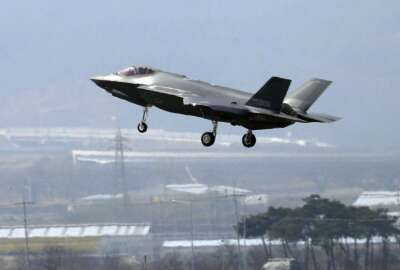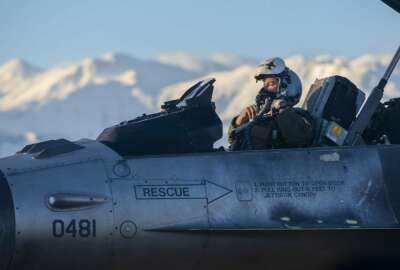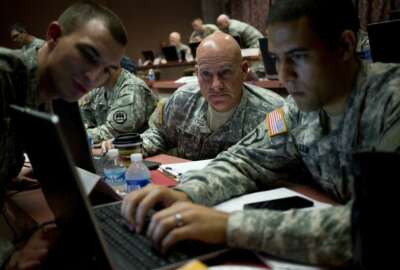
What is the biggest challenge facing DoD’s cyber workforce?
Lt. Gen. Gina Grosso says that the biggest challenge in the already complex problem of developing the Air Force's cyber workforce is the civilian portion. That's...
Lt. Gen. Gina Grosso says that the biggest challenge in the already complex problem of developing the Air Force’s cyber workforce is the civilian portion. That’s because the federal government isn’t quite sure who is or isn’t cyber personnel.
“We don’t have a common definition of what a cyber person is in the federal government. If you know anything about civilians, they have all different kinds of occupational series,” said Grosso, deputy chief of staff for manpower, personnel and services, on week four of Agency of the Month, featuring the Air Force for the month of September. “And because of that, we don’t have a single occupational series, it’s really even hard to define who is in the cyber workforce. We estimate that we have about a 10 percent occupancy rate, but that’s a kabuki dance on which skill sets we think are cyber.
She said the federal government is working on an occupational series for cyber, but plenty of questions remain that need to be answered.
“What is a cyber warrior?” Grosso asked. “What do they do? How is that different from communications and information? That definition is morphing over time and it’s morphing very quickly.”
Grosso also said DoD doesn’t have the same authority to hire civilians that other agencies do, and that the department needs to make it easier and faster to hire people with cyber skills.
“Some of the things that we do to hire veterans actually work against us in trying to hire young people coming out of school with that cyber skill set,” she said. “What’s good for one half, one part of the force is not good for the other part.”
She said the answer may lie in lateral entry, where a civilian with cyber skills would be brought into the military at a rank equivalent to their experience. Right now, the best path for that is through the National Guard or Reserves.
DoD is working on improving lateral entry rules, but Grosso said it needs more legislative authority.
There’s also the fact that 71 percent of the American population is ineligible, for a variety of reasons, to serve in the military. Grosso said it may be time to revisit those requirements for certain specializations in order to access the full talent pool. For example, should a cyber warrior who will likely never see a combat zone have to meet the same physical requirements as infantry, or is that an unreasonable standard?
While those questions are being considered, DoD is getting mileage out of programs that work in the opposite direction — temporarily embedding military personnel in private sector companies to improve their skills.
“We just started sending our enlisted cyber operators to education with industry,” she said. “It’s the first enlisted folks that we’ve put in that program; it’s typically an officer program.”
She said that the first batch of enlisted soldiers in the program went to USAA and VMWare.
Copyright © 2024 Federal News Network. All rights reserved. This website is not intended for users located within the European Economic Area.
Daisy Thornton is Federal News Network’s digital managing editor. In addition to her editing responsibilities, she covers federal management, workforce and technology issues. She is also the commentary editor; email her your letters to the editor and pitches for contributed bylines.
Follow @dthorntonWFED





